JUST as Kashmir is known for its uniqueness, the region’s cuisine, too, is celebrated as special.
Kashmiri cuisine is not just about food, it is a celebration of life where traditions, memories and flavours are mixed to present the perfect Kashmiri spread.
Food is central to Kashmiri social life. Whether it’s a small birthday party or a grand wedding, one thing that can be guaranteed is the presence of an elaborate meal complete with various types of meat and seasonal vegetables.
While the cuisines cooked during the summer consist of fresh leafy greens that are cooked along with meats or fish, winter cooking is all about smoky flavours. It’s a common sight to see the women of the family drying vegetables and preserving fruits in the months of September and October.
While better connectivity has ensured there’s no scarcity of fresh produce during the harsh winter months, there’s still a market for dried and smoked meat and fish.
One winter special is smoked fish known locally as ‘farrigad’ and dried fish called ‘hokhegad’. Kashmiri cooking is an amalgamation of influences from the Indian subcontinent, Persia, China and from central Asia.
It is said that chefs from Samarkand were brought to Kashmir during the Timur invasion. They are believed to have influenced Kashmiri cuisine to a great extent, lending the dishes rich flavour and delicious aroma.
In her book Multiple Flavours of Kashmiri Pandit Cuisine, Annapurna Chak writes, “Kashmiri cuisine has evolved over years. The first major influence was the food of the Kashmiri Pandits, the Hindus of the Valley. The cuisine was then influenced by the culture which arrived with the invasion of Kashmir by Timur from the region of modern Uzbekistan. Subsequently, Kashmir and its food have been strongly influenced by the cuisines of Central Asia, Persia, Middle East and Afghanistan.”
She adds: “The two culinary styles that are predominant in Kashmiri cuisine are those of the Kashmiri Pandits and the Kashmiri Muslims. The basic difference between the two is that of the liberal use of asafoetida and yoghurt among the Hindus and onions and garlic among the Muslims – all of which impart a distinct flavour.”
Rice is the staple grain and goat meat and freshwater fish are consumed in large quantities in the Valley. Kashmiri cuisine is predominantly non-vegetarian, such as Roganjosh (goat meat in chillies), yakhni (goat meat or chicken in yoghurt) and macch (Kashmiri meatballs).
There are also some truly lip-smacking vegetarian delicacies such as the dum aloo (spicy potatoes) and Modur Pulao (sweetish rice dish). Dishes made are heavy on spices. Throughout history, Kashmir has been best known for growing the most expensive spice in the world – saffron – which is the main ingredient in the Kahwah, a tea that’s a part of any feast.
The Kahwah is a green tea made with saffron, spices, and almonds or walnuts, and it is usually served after a feast. Chak, in her book, says that the best way to bring out the saffron flavour in the dishes is to “dry roast the strands lightly on a mildly warm griddle, crumble them and then soak them in a tablespoon of hot milk or water before adding to the dish to be flavoured.”
Saffron is also used to marinate meat. During winters, when the temperatures dip, a lot of meat dishes are prepared to keep warm. Meat is usually marinated in curd or saffron milk for hours, sometimes even up to two days. Kashmiri cuisine also use a number of other spices such as fennel seed powder, cardamom, star anise, and dry ginger powder.
The legendary wazwan, a multi-course meal, is a point of pride for the Kashmiri culture and identity. Although the meal contains around 36 items, seven dishes that typically form an indispensable part of the feast are tabakh maaz, rista, rogan josh, dhaniwal khorma, aab gosh, marchwagan korma and ghustaba.
Traditional local chefs, known as wazas, who specialise in wazwan are in demand during wedding seasons. While it takes only an hour to devour a wazwan, the cooking time can extend up to 10 hours. At a marriage feast, four people usually share a wazwan.
Cooked rice topped with chickens, deepfried ribs, kebabs, mutton, small pieces of lamb are just the starters for the extended Wazwan meal. Rogan josh, mirchi korma, aab gosht and lahabi kebabs, and large balls of minced mutton cooked in curd and spices called the gustaba follows. The serving of the gustaba announces the end of the feast.
A typical wazan also includes cheese, spinach, apricots and at least six to eight kinds of chutneys. “You have to cut the right size of the mutton for each dish. The mutton has to be beaten for the kebabs, and minced for ristas and gustabas. One has to be very careful that these are brought to the right consistency during cooking,” said Ghulam Nabi, president of the local wazas union, told NDTV.
“We need special quality spices, including saffron, chillies, cardamoms, fennel seeds, salt, tamarind, turmeric, onions, cinnamon sticks and powder, bay leaves, cloves, black pepper and cumin seeds.
“If the spices are not of good quality, one cannot be sure that the wazwan would come to its right flavour, and so, there is no compromise on the quality of spices,” he added.
Besides meat, Kashmiris also love their breads. The Kashmir Valley is noted for its bakery tradition and each colony has at least one traditional bakery known as ‘kaandar/ kandur’. Long before dawn, bakers fire up their tandoors and start making traditional breads.
Tsot and tsochvor are small round breads topped with poppy and sesame seeds that are crisp and flaky; sheermal, baqerkhayn (puff pastry), lavas (unleavened bread) and kulcha are also popular. Lavas are served with butter.
Kashmiri bakerkhani, which is similar to a round naan in appearance, but crisp and layered, and sprinkled with sesame seeds, holds a special place in Kashmiri cuisine. It is typically consumed hot during breakfast. A type of Bakerkhani, in which halwa is rolled into it, is distributed at Sufi shrines on Urs or at community gathering.
Unfortunately, a number of exotic dishes are slowly fading away from the Kashmiri cuisine owing to a host of reasons, including the absence of their chief ingredients One such dish is the shufta kanagucchi, the key ingredient of which is guchhi mushrooms. These are a rare form of wild mushrooms found in Kashmir, and hence expensive too. It’s no wonder that the dish is aptly dubbed “rich man’s dessert.”
Another dish that’s also not often seen on the menu is kaleeng, a dish that is made from the thick membrane that covers the sheep’s head. Food enthusiast Marryam H Reshii writes: “Until the 1970s, every household in the Valley tried to cook foods that were less expensive and required more prepreparation. As a result, the sheep was divided into two parts: the head, all the innards and the trotters. The rest – what most of us think of when we say ‘meat’ – is the other, more expensive part.
“Up until 40 years ago, there was no shame in admitting to cooking trotters or the hard-to-get-to meat from the head of the sheep or even the thick membrane that encases the entire head of the animal. Today, with prosperity in the cities and towns of Kashmir and more nuclear families with fewer ladies to prepare painstaking dishes, expensive cuts of meat are now the norm.”





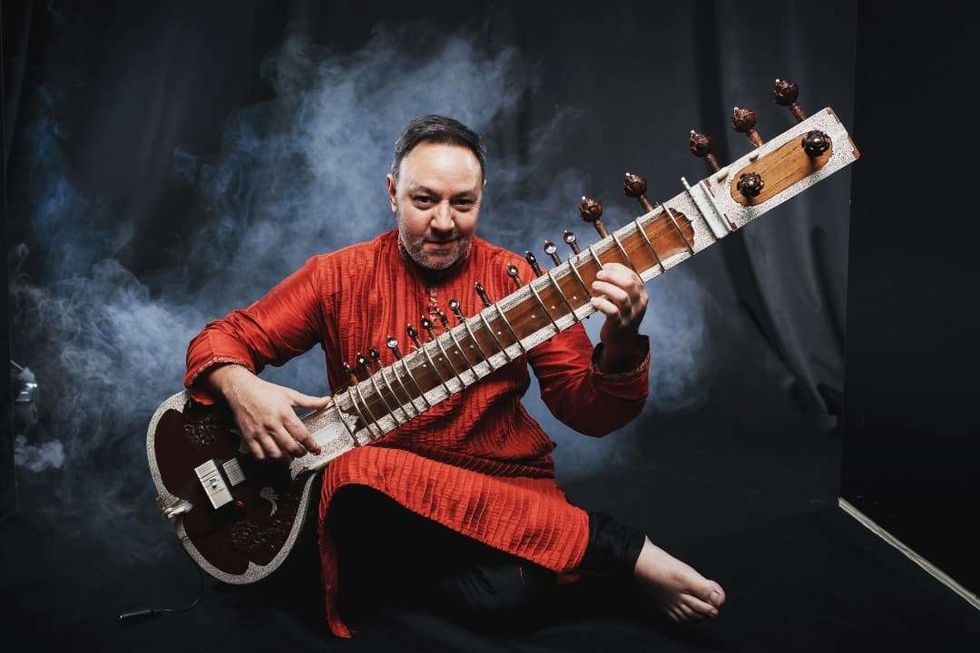 Jonathan Mayer on the sitar and beyond Instagram/the_sitarist/ @sat_sim
Jonathan Mayer on the sitar and beyond Instagram/the_sitarist/ @sat_sim 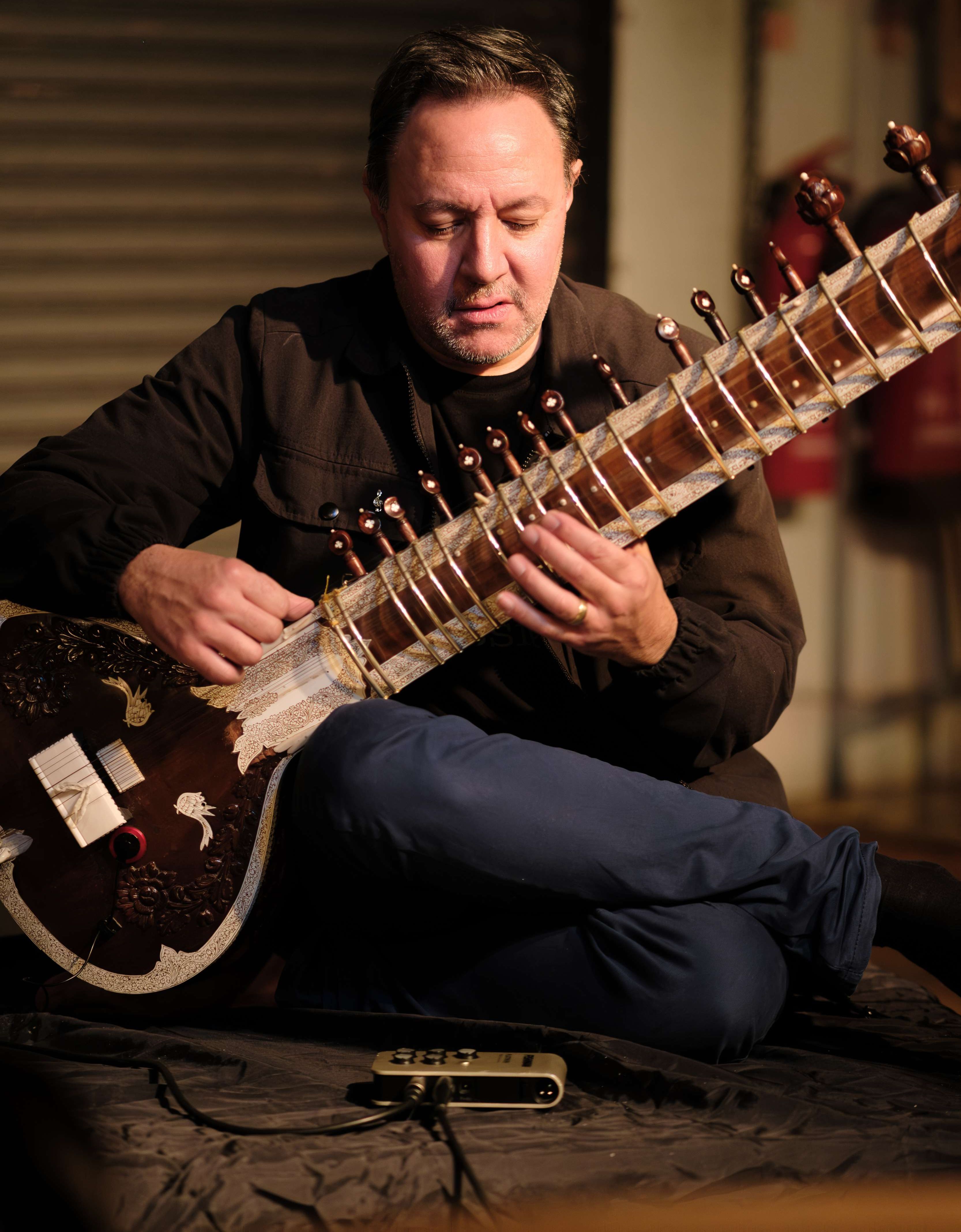 Redefining Indian classical music with Jonathan Mayer Akil Wilson
Redefining Indian classical music with Jonathan Mayer Akil Wilson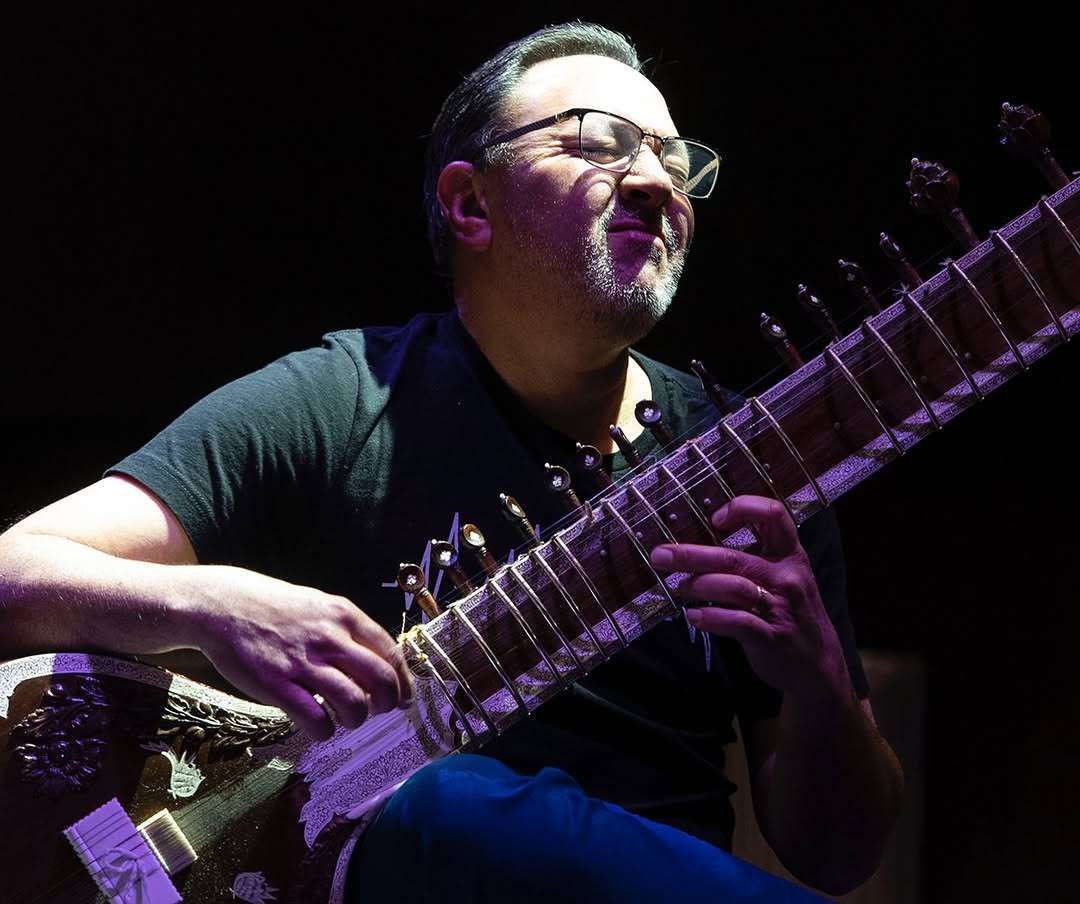 Jonathan Mayer on music without boundaries Instagram/the_sitarist/
Jonathan Mayer on music without boundaries Instagram/the_sitarist/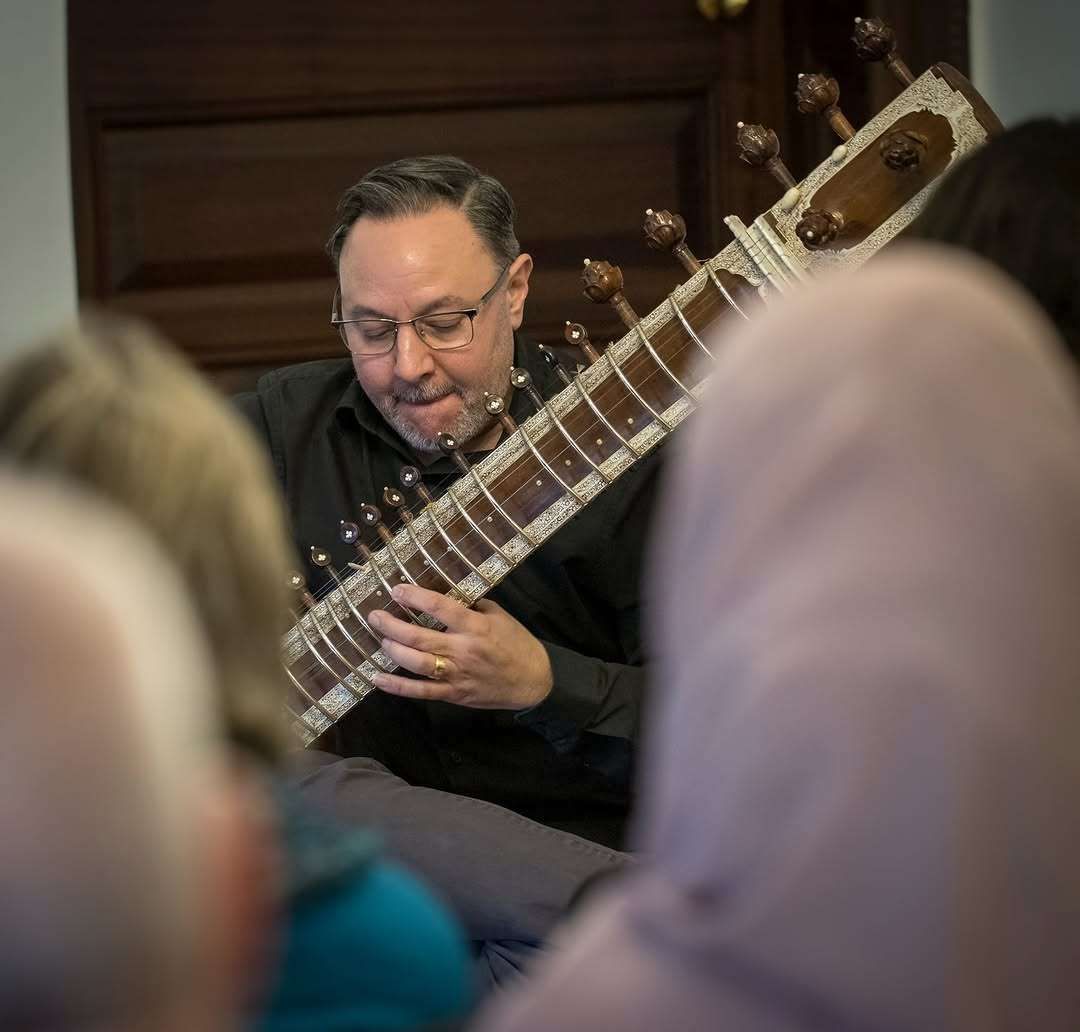 Jonathan Mayer on teaching and performing Indian music Instagram/
Jonathan Mayer on teaching and performing Indian music Instagram/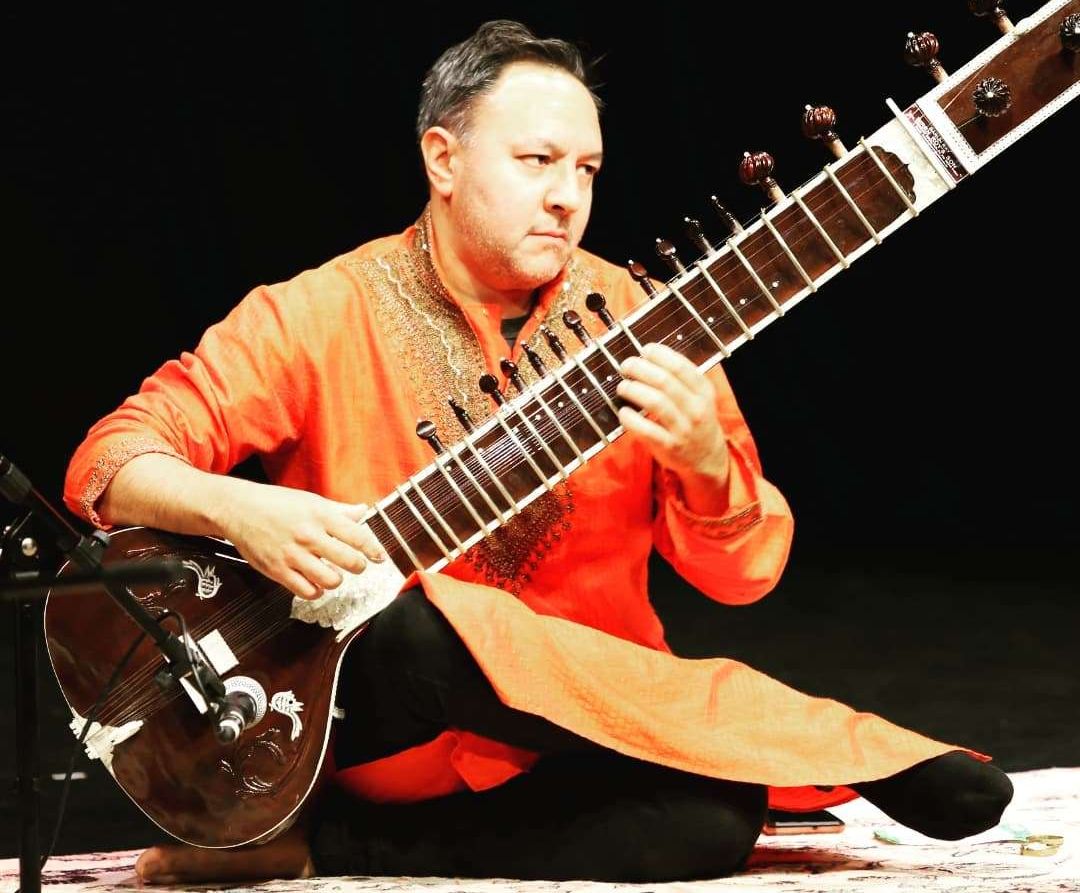 Jonathan Mayer about sitar as a voice of identityInstagram/
Jonathan Mayer about sitar as a voice of identityInstagram/





